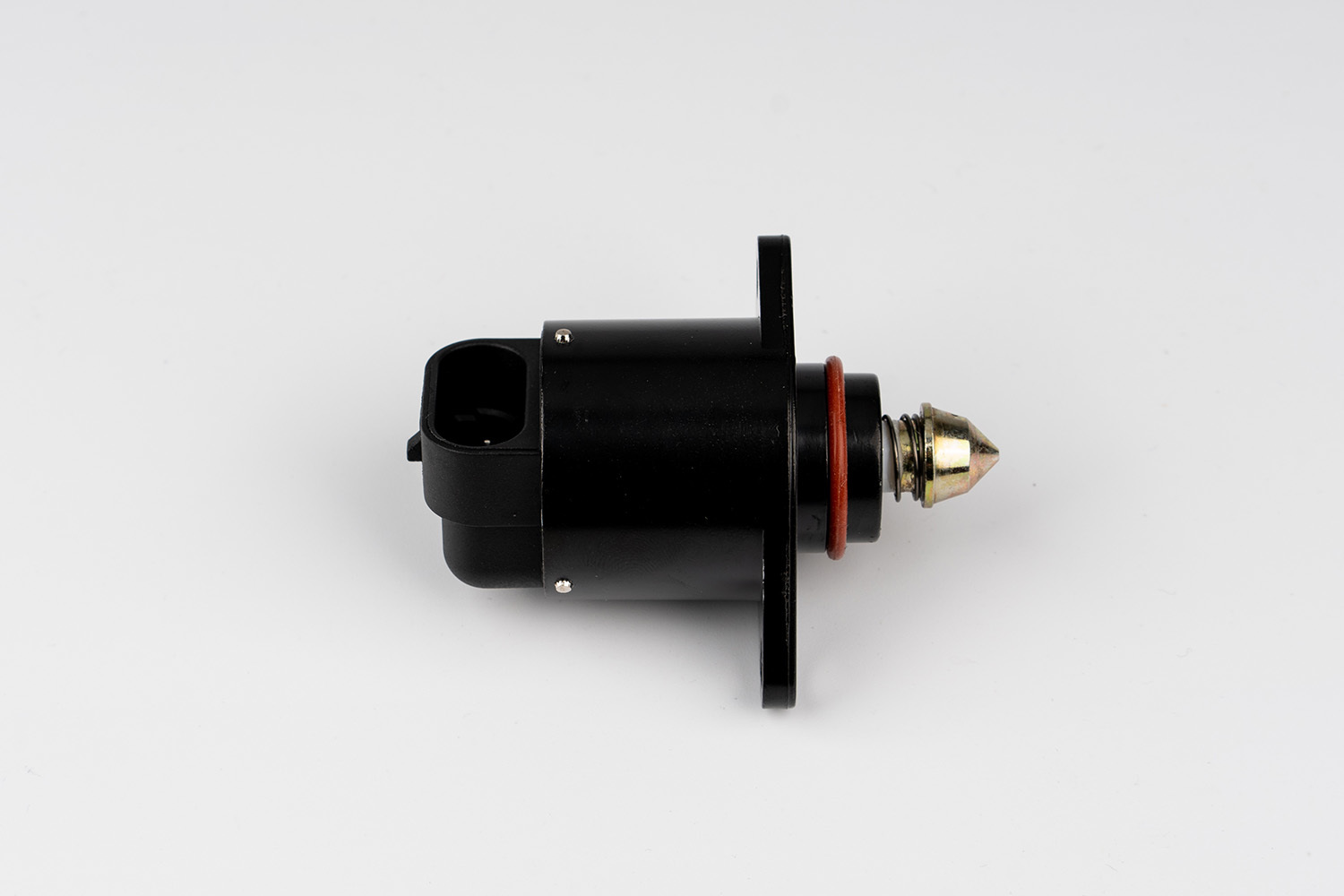What's the difference between the back part of the idle air control motor
2025-03-11
Structure and connection differences:
The front part of the idle air control (IAC) motor is usually connected to the air intake source. It has an inlet through which air enters. The back part is connected to the engine's intake manifold. The difference in these connections determines the direction of air flow that the IAC motor controls. For example, in a typical fuel - injected engine, air from the air filter first reaches the front of the IAC motor. The IAC motor then modifies the amount of air passing through it and sends the air to the intake manifold at the back.
The shape and design of the front and back of the IAC motor also vary. The front may have a more open or funnel - like structure to better capture and direct air into the motor. The back is often designed to have a more precise connection to the intake manifold to ensure that the metered air is properly delivered to the engine cylinders.
Function in air flow regulation:
The front part of the IAC motor is where the initial air regulation starts. As the engine control unit (ECU) sends signals to the IAC motor, the motor adjusts the opening at the front to let in a specific amount of air. The back part then delivers this precisely metered air to the intake manifold. The air that passes through the IAC motor's back seat and into the intake manifold affects the air - fuel mixture ratio during idling.
For instance, if the IAC motor's back seat connection to the intake manifold is blocked or damaged, the air supply to the engine during idling will be disrupted. This can lead to an improper air - fuel mixture, resulting in rough idling, stalling, or the engine running at an incorrect idle speed.
Sensitivity to debris and contaminants:
The front of the IAC motor is more exposed to debris and contaminants from the air intake. The air filter is designed to prevent large particles from entering, but smaller particles can still reach the front of the IAC motor. The back seat, being closer to the intake manifold and the engine's internal environment, is more sensitive to issues such as oil vapors or carbon deposits that can back - flow from the engine.
If debris accumulates at the front of the IAC motor, it can affect the motor's ability to accurately meter air. At the back, oil vapors can cause the internal components to gum up, interfering with the smooth operation of the air passage and potentially leading to problems with idle control over time.
Related News
2025-04-28








